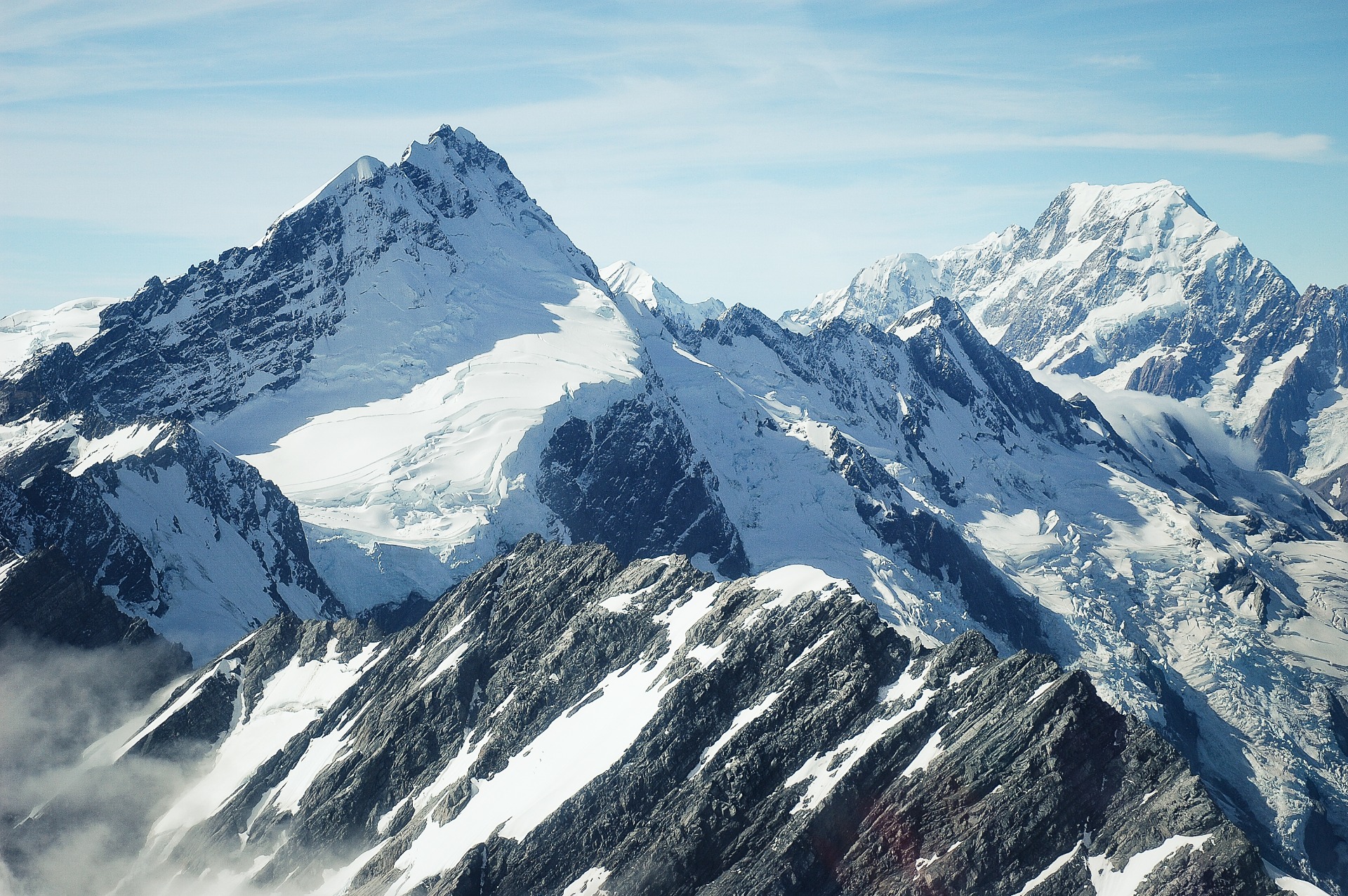ABOUT OUR COUNTRY
09.12.2024
SOME GEOGRAPHICAL DETAILS
Romania is a european country situated in the south-east Europe. Romania has neighbours:
- Ukraine in north and south-east
- Hungary in north-west
- Serbia in south-west
- Bulgaria in south
In the south-east, Romania has acces to the Black Sea
Romania has a surface of 238.397 km ( two hundred thirty eight thousands three hundred ninety seven kilometres) and it is divided in 41 ( forty one) counties plus the capital city Bucharest. Romania is the only east european latin country and the only ortodox latin country.
Romania is a very interesting country due to his landscapes, traditions, historical places, tasty food, nice people and authentic atmosphere.

WHAT'S SPECIAL ABOUT ROMANIA
- Bran Castelle is a very visited place in Brașov county, in Transilvania province. This
turistic destination became very popular due to Bram Stocker novel, "Dracula"
and the hollywoodian films that promote the Bran Castell as Dracula house. The
ideea for Dracula , "the bloodthirsty vampire" came from Vlad Țepeș, a romanian
ruler of Wallachia which used to punish his enemies in very cruel ways. If you
don`t trust me, you can vistit the castell and I assure you
that no vampires won`t make problems, but for safety it`s ok to have garlic in
your pockets.
- https://bran-castle.com/
- House of Parliament or House of the people is a communist symbol of Romania. This gigantic building is the second largest administrative building in the world after the Pentagon building from USA. It was builded in the 80`s after the big eartquake from 4 March 1978 that affected seriously the capital Bucharest. Nowadays, this buildind is the office of the Romania parliament.
- https://www.bucharest-tickets.com/palace-of-parliament/facts/
- The Transfagarasan highway passes over the Fagaras mountains in Transylvania, Romania at 2000 metres. Also labeled "the Road to the Sky", "the Road to the Clouds", "the Best Driving Road in the World" and even "A spectacular Monument to Earth-Moving Megalomania" the TransFagarasan climbs, twists and descends right through Moldoveanu and Negoiu - the highest peaks in Fagaras Mountains and in Romania. Also known as the "Transylvanian Alps", the Fagaras Mountains are rich in unique wildlife and scenic hiking and biking trails. Built for military purposes at the initiative of Romania's last communist leader Nicolae Ceausescu, this dynamite-forged road connects two of Romania's historic provinces Transylvania (the Center) and Walachia (the South) through a series of five tunnels, 27 viaducts and 831 small bridges.
- Sarmisegetusa Regia was the ancient capital of the Dacian Kingdom, nowdays an arheological site opened for tourists. The Dacians were a a branch of the Thracians from Balcanic Pensinsula. In 106, Traian, the roman emperor conquered and destroyed Sarmisegetusa Regia and his temples. The Dacian king, Decebal comitted suicide in order to don`t be catch by the roman army. Subsequent, Dacia became a roman province and the Dacians took the Latin language. From the mixture of Dacians and Romans, the Romanian people were formed.
- Mud volcanoes are located in Buzău county and are a protected area of national interest. The mud volcanoes from Romania are unique in Europe, similar volcanoes are located just in Siberia, Australia, Trinidad island and Azerbaijan.
- Christmas Carols are an important part of the winter. The romanians, especially the children go to carol in December an receive fruits, food or money. The carols are abouut the birth of Jesus Christ. In the countryside, the children go to carol all the village`s people.
- Steaua is a Romanian Christmas Eve tradition that involves a group of four boys, symbolising "the wise men from the East ( the magi). They sing religious carols rotating a toy in form of star that simbolise the rising star. The children goes from house to house in order to announce everybody the birth of Jesus Christ.
- Sacrifacing of the pig. In the week before the Christmas, Romanians use to sacriface pigs. In the past, the pork was the most impotant food during the winter ensuring survival till spring. This moment it is very important for us because all the family, neighbours and relatives from diaspora are participating at butchering the pig. When the work is finished all the participants go to table to ear pork dishes.
- Traditional Romanian food. In Romania, the pork meat is prefered by the majority of the people. In this pictures you can see two of the most known romanian dishes, sarmale and pifti. The romanian sarmale (cabbage rolls) are made with pork, beef, bacon, rice, spices and aromatics, broiled in a tomato sauce and served with mamaliga (polenta), sour cream and spicy pickled peppers. The piftia is a pork jelly made from low grade cuts of pig meat, such as troters that contain a significat proportion of connective tissues. Sarmale anf piftia are prepared especially during the Christmas or Easter.
- Mici or Mititei (meaning little ones or small ones) is a traditional romanian barbecue dish consisting of grilled ground meat balls from a mixture of beef, lamb and pork, with spices such as garlic, black pepper and thyme. It is similar to cevapi and another ground meat based dishes throught the Balkans and the Middle East.
- Coliva is a dish based on bolied wheat that is used lityrgically in the Eastern Ortodox Churc for commemorations of the deads. In the Eastern Ortodox Church, koliva is blessed during funerals, as well as during the memorial service that is performed at various intervals after a person`s death and on special occasions, such as the Saturday of Souls. I read that that practice of offering koliva is traditional even in Grece and Cyprus.
- At Drăgotești School we celebrate every season. Last autum we organised a Hallowween exposition with pumpkins and rust leaves. In this spring, we made eco-pictures using natural materials like grass, sticks and leaves.
- In our school, there are old trees in wich we put housebirds. These housebirds were made by us and another Erasmus students from Turkie and North Macedonia. To construct this birdhousess we used wood, straw and cloth.
In conclusion, Roamania is a wonderful country with historical places, authentic traditions and nice peple. Also, romanins know to protect the environment very well.

